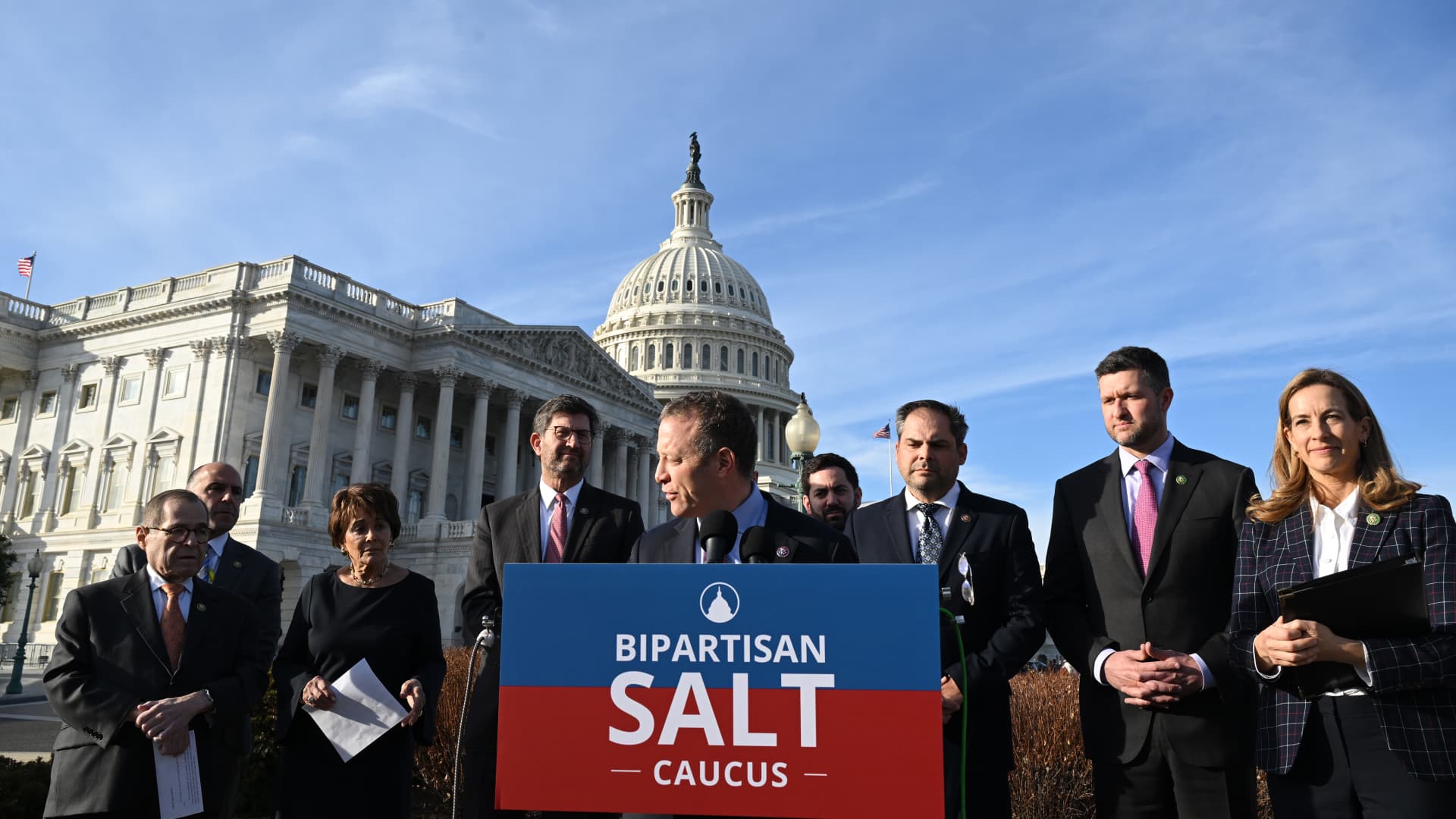Ethan Bianco, 17, waited right up until the May 1 deadline before deciding which college he would attend in the fall.
The senior at Kinder High School for the Performing and Visual Arts in Houston was accepted to several schools, and had whittled down his choices to Vanderbilt University and University of Texas at Austin. Ultimately, the cost was a significant factor in his final decision.
“UT is a much better award package,” he said. In-state tuition for the current academic year is $10,858 to $13,576 a year, which would be largely covered by Bianco’s financial aid offer.
More from Personal Finance:
Is college still worth it? It is for most, but not all
How to maximize your college financial aid offer
What student loan forgiveness opportunities remain under Trump
Vanderbilt, on the other hand, consistently ranks among the best private colleges for financial aid and promises to meet 100% of a family’s demonstrated need.
The school initially offered Bianco $35,000 in aid, he said. With that package, “it would be about $40,000 more for my family to attend Vanderbilt per year.”
However, he successfully appealed his award package and leveraged private scholarships to bring the price down further — and committed to Vanderbilt on National College Decision Day.
How cost plays into college choices
For most graduating high school seniors, the math works out differently. The rising cost of college has resulted in a higher percentage of students enrolling in public schools over private ones, according to Robert Franek, editor-in-chief of The Princeton Review.
“Currently, it is about 73% of the undergraduate population — but this year, with increasing uncertainties about financial aid and changing policies about student loans, it is very likely that number will go up,” Franek said.
Soaring college costs and looming student debt balances have pushed this trend, and this year, there are added concerns about the economy and dwindling federal loan forgiveness options. As a result, this year’s crop of high school seniors is more likely to choose local and less-expensive public schools rather than private universities far from home, Franek said.
Price is now a bigger consideration among students and parents when choosing a college, other reports also show. Financial concerns govern decision-making for 8 in 10 families, according to one report by education lender Sallie Mae, outweighing even academics when choosing a school
“Choosing a school is a personal and individual decision,” said Chris Ebeling, head of student lending at Citizens Financial Group. Along with academics and extracurriculars, “equally important is the cost,” he said. “That needs to be weighed and considered carefully.”
Carlos Marin, 17, on National College Decision Day.
Courtesy of AT&T
On National College Decision Day, Carlos Marin, a senior at Milby High School, also in Houston, enrolled at the University of Houston-Downtown. Marin, 17, who could be the first person in his family to graduate from college, said he plans to live at home and commute to classes.
“The other schools I got into were farther away but the cost of room and board was really expensive,” Marin said.
College costs keep rising
College costs have risen significantly in recent decades, with tuition increasing 5.6% a year, on average, since 1983 — outpacing inflation and other household expenses, according to a recent report by J.P. Morgan Asset Management.
Deep cuts in state funding for higher education have also contributed to the soaring price tag and pushed more of the costs onto students. Families now shoulder 48% of college expenses, up from 38% a decade ago, J.P. Morgan Asset Management found, with scholarships, grants and loans helping to bridge the gap.
Nearly every year, students and their families have been borrowing more, which boosted total outstanding student debt to where it stands today, at more than $1.6 trillion.
A separate survey by The Princeton Review found that taking on too much debt is the No. 1 worry among all college-bound students.
Incoming Vanderbilt freshman Bianco qualified for a number of additional private scholarships and even received a free laptop from AT&T so that he could submit the Free Application for Federal Student Aid and fill out college applications. He said he is wary of taking out loans to make up for the difference.
“I believe that student loans can be beneficial but there’s also the assumption that you’ll be in debt for a very long time,” Bianco said. “It almost becomes a burden that is too much to bear.”


 Economics1 week ago
Economics1 week ago
 Accounting1 week ago
Accounting1 week ago
 Economics1 week ago
Economics1 week ago
 Economics1 week ago
Economics1 week ago
 Economics1 week ago
Economics1 week ago
 Economics1 week ago
Economics1 week ago
 Economics1 week ago
Economics1 week ago
 Economics1 week ago
Economics1 week ago












